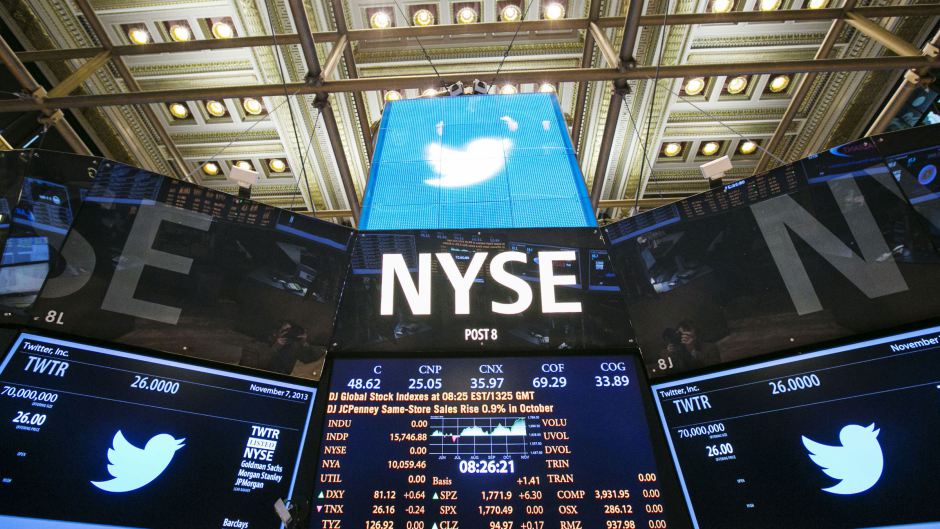This piece has been updated to clarify the kinds of accounts in question.
Twitter raised eyebrows last month when it suggested that many of its active users aren’t actually human. Now we know how many.

In a new filing, the company said that “up to approximately 8.5%” of the accounts it considers active are automatically updated “without any discernible additional user-initiated action.”
Included in this group are accounts that automatically request information from Twitter but may not tweet themselves.That would include, for instance, accounts that automatically request data from Twitter to display tweets on screens or mobile apps that aren’t owned by Twitter. These and other automated accounts add up to about 23 million of Twitter’s 271 million monthly active users (MAUs) at the end of June, according to the company.
The new disclosure was an attempt to clarify an earlier statement (pdf) that 14% of MAUs access the service outside of the official website and mobile apps, by using Twitter’s API. Twitter’s update today specifies that the 14% figure “included certain users who accessed Twitter through owned and operated applications.” Those are likely TweetDeck and Twitter for Mac, which are favored by power tweeters but, for technical reasons, aren’t counted in many of the company’s official statistics. The company said only 11% of MAUs accessed Twitter from applications that the company doesn’t own, like Tweetbot or Flipboard.
To be clear, automated accounts aren’t necessarily spam accounts, which according to Twitter make up less than 5% of MAUs. Bots can be useful, even essential, accounts for many Twitter users. But once they’re set up, they don’t usually have any humans behind them, which matters greatly to advertisers who are interested in reaching potential customers. They also don’t receive the ads that are shown on Twitter’s own properties. And if advertisers are concerned, Twitter and its shareholders should be, too.
Update (Aug. 12, 2014): The 8.5% of active Twitter users that are the subject of this piece are described by the company as having “automatically contacted our servers for regular updates.” It may also include accounts that automatically post updates to Twitter, but Twitter’s disclosure doesn’t specify that. The company declined to comment on the record, beyond the language in its regulatory filings.
You can read the full legalese on page three of this PDF. This piece has been revised to reflect that information.








